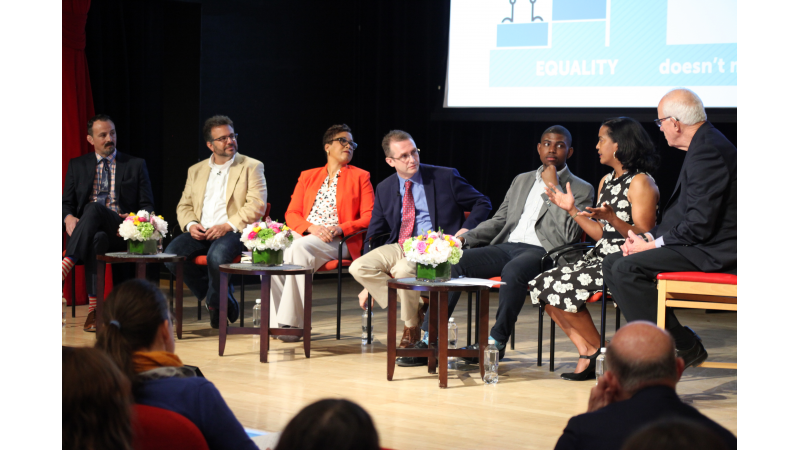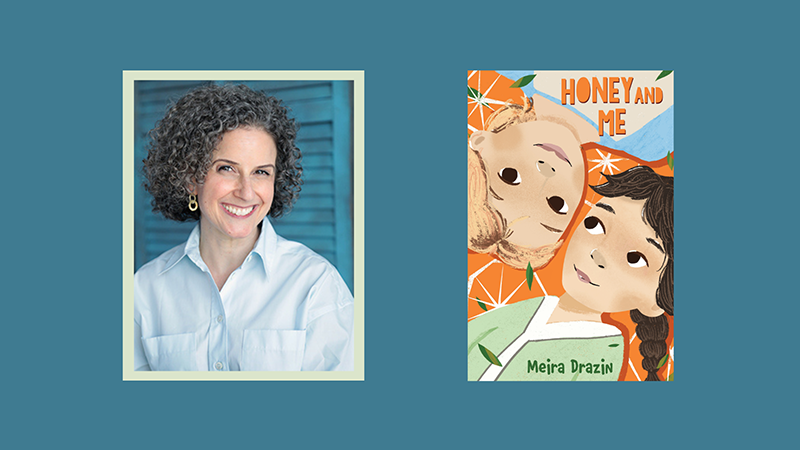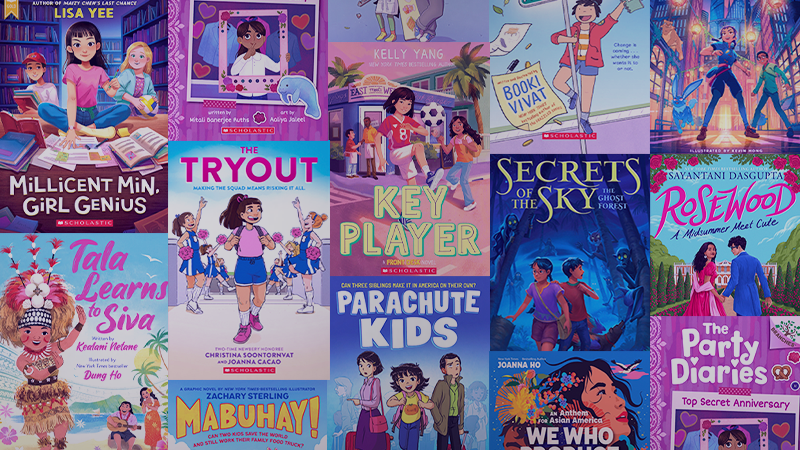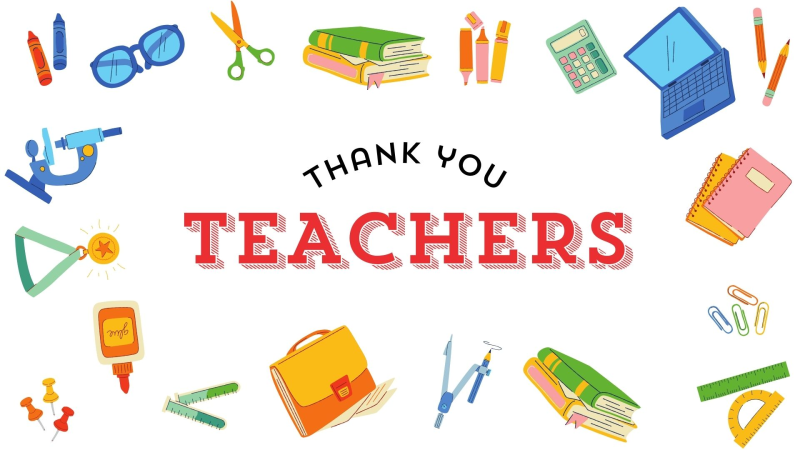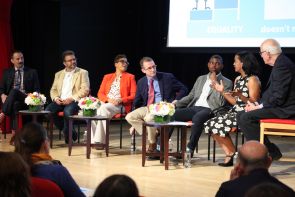 Since the 1930s, Scholastic has convened a National Advisory Council, a group of educational thought leaders who meet annually at our headquarters to discuss important topics in education. (Interesting fact: among the school superintendents that comprised the first Council was also the poet Robert Frost!)
Since the 1930s, Scholastic has convened a National Advisory Council, a group of educational thought leaders who meet annually at our headquarters to discuss important topics in education. (Interesting fact: among the school superintendents that comprised the first Council was also the poet Robert Frost!)
The meeting is an important professional learning moment for Scholastic staff, who gather to learn from and be inspired by our diverse group of advisors.
For the last two years, our National Advisory Council has explored the topic of equity in education. This year, the panel discussion focused in particular on engaging and empowering students, families and educators.
The 2017 National Advisory Council includes:
-
Brandon Dixon (Sophomore, Harvard University)
-
Dr. Josh Garcia (Deputy Superintendent, Tacoma Public Schools)
-
Dr. Walter Gilliam, PhD (Director of The Edward Zigler Center in Child Development and Social Policy; Associate Professor of Child Psychiatry and Psychology at the Child Study Center, Yale School of Medicine)
-
Jahana Hayes (2016 National Teacher of the Year)
-
Chris Lehmann (Founding Principal, Science Leadership Academy; Assistant Superintendent, Innovation Network, School District of Philadelphia)
-
Dr. Karen Mapp (Senior Lecturer on Education at the Harvard Graduate School of Education; Faculty Director of the Education Policy and Management Masters Program)
Below, the 2017 National Advisory Council shares how their work focuses on equity in education:
Josh Garcia: Equity is not an episodic conversation, but a relentless fight on behalf of the invisible. Our opportunity to lead will come through teaching students how to think. When you heard Robert Frost’s name earlier this morning, you sighed. But when you heard “superintendent” you didn’t do anything. You have to remember your passion: your passion for literature can be part of a social revolution. Don’t let today be episodic, but let it be the way of your work.
Chris Lehmann: Most kids view school as something to endure, and if they’re lucky, they get one teacher that inspires them. I think we should dare children to do real work in school that matters to them in their world, and in their neighborhoods. Our job is not to empower kids but to help them unlock their own agency. Every child has the right to walk into a school and know that they are cared for. Every child deserves the kind of education that is meaningful and real, and allows them to see themselves as fully active and fully realized citizens of the world.
Karen Mapp: My work is about putting the public back in public education. So I focus on making sure families and communities are co-producers and co-creators of the kind of excellent educational outcomes we want for all of our kids. If we put the public back in public education I think we can reach the equity goals that we all want a lot faster if we keep them on the outside. I have been very inspired to find that there are more superintendents and practitioners who feel strongly that without partnerships with families and communities, they can’t succeed in the work of student achievement and school improvement.
Walter Gilliam: At the Yale Child Study Center, our work is about asking how we take research around helping children and families, and put it into actionable policy. How do you move that forward? In the process of doing that work, certain things become impossible to ignore, and one is the stark inequities that many children have from the very minute that a child first draws a breath. People refer to education as the great equalizer. But the reality is that the great equalizer is inequitably distributed. How can it fulfill its promise if it’s another place for social injustice to rear its head?
Brandon Dixon: All of these issues start with conversation and student input. Without that, we won’t be able to move anywhere. So I tell stories; I report for The Harvard Crimson. I think a big part of the effort is telling the stories of education, and helping people understand the value of it.
Jahana Hayes: I have kids who come in to my classroom and oftentimes I am the only one who sees their potential. My job is to help them to believe it, to give them the audacity to believe that they are somebody. That is heartbreaking as an educator, to have to convince children that they are important, that they don’t come in with that already. This is draped in the framework of equity. I have students who come in with a deficit and have to meet the same expectations. As classroom teachers, we get what we get. We have to meet kids where they are. I might have in one classroom a student who has been given all the resources they need, and comes to me ready to learn. And I may have a kid who really doesn’t even understand why they’re there. My job is to deliver instruction to both of those students in a language that they can both understand.
To read a full account of the day's discussion, go to edu@scholastic, our blog about education and learning.
(And go to www.scholastic.com/teacherprincipalreport to view data from the Teacher & Principal School Report: Equity in Education.)
Photo by Gina Asprocolas

